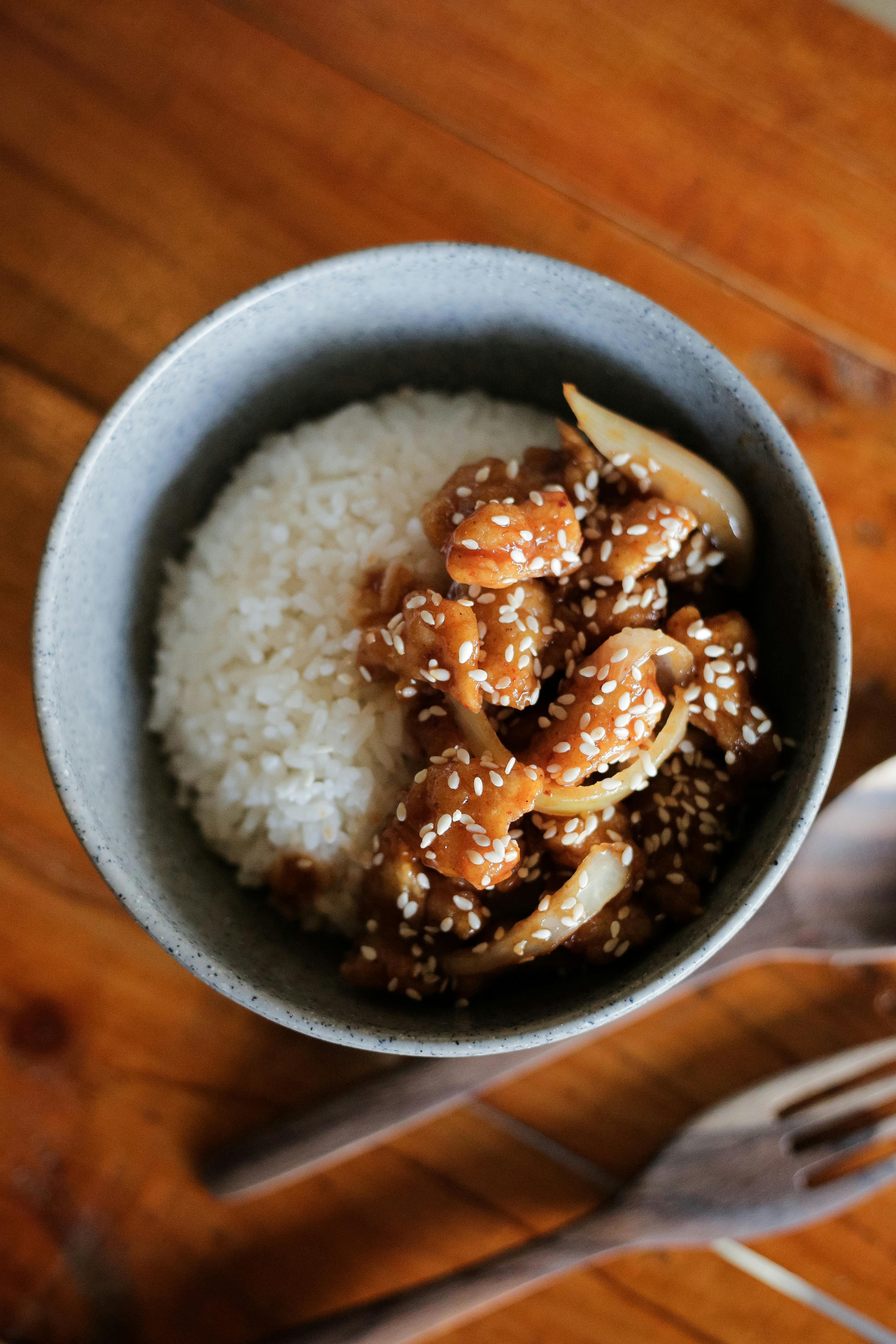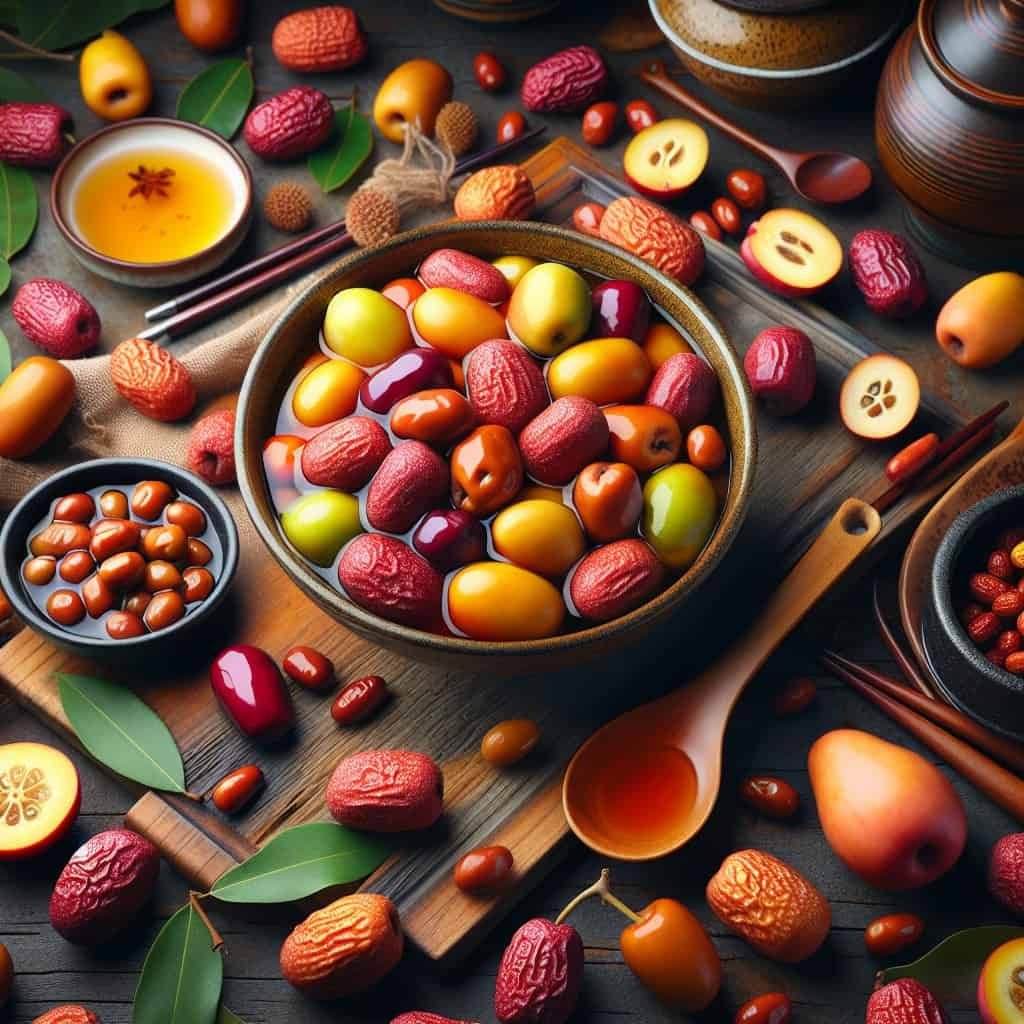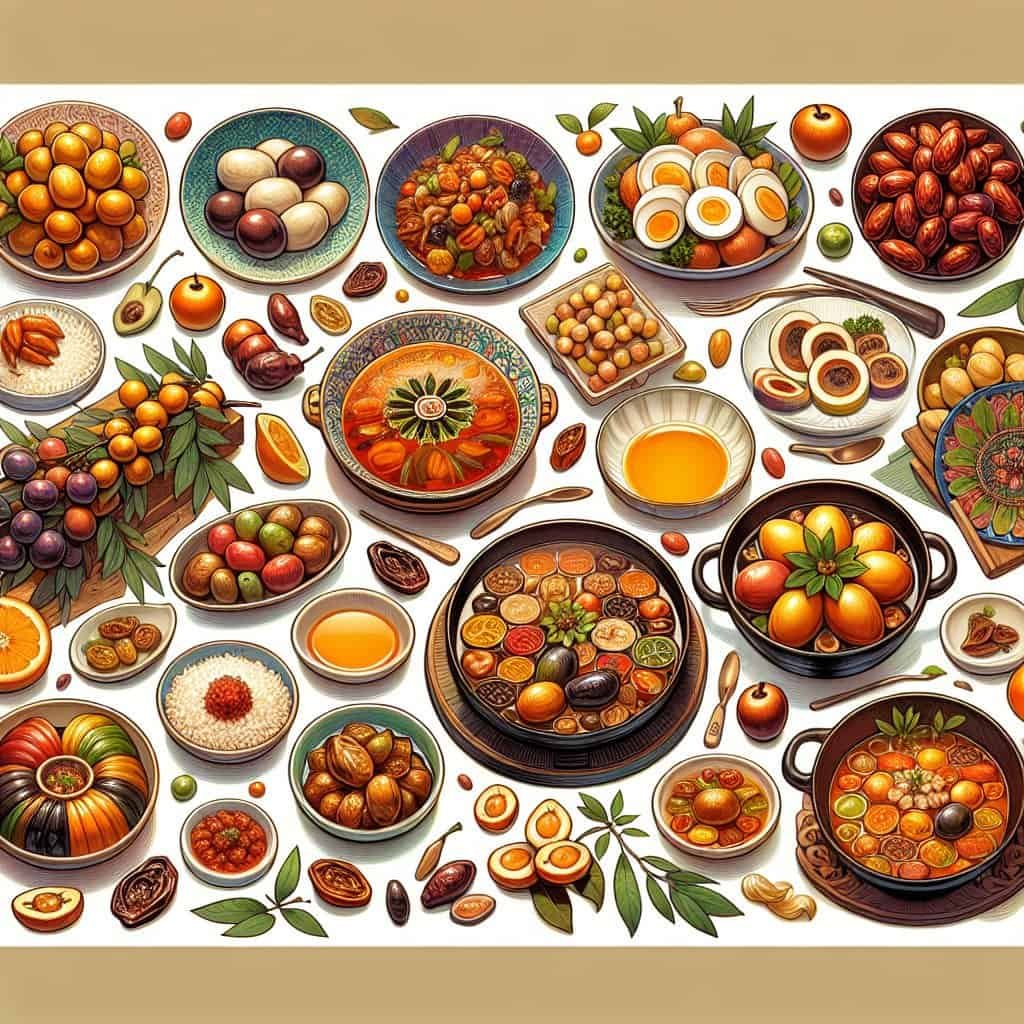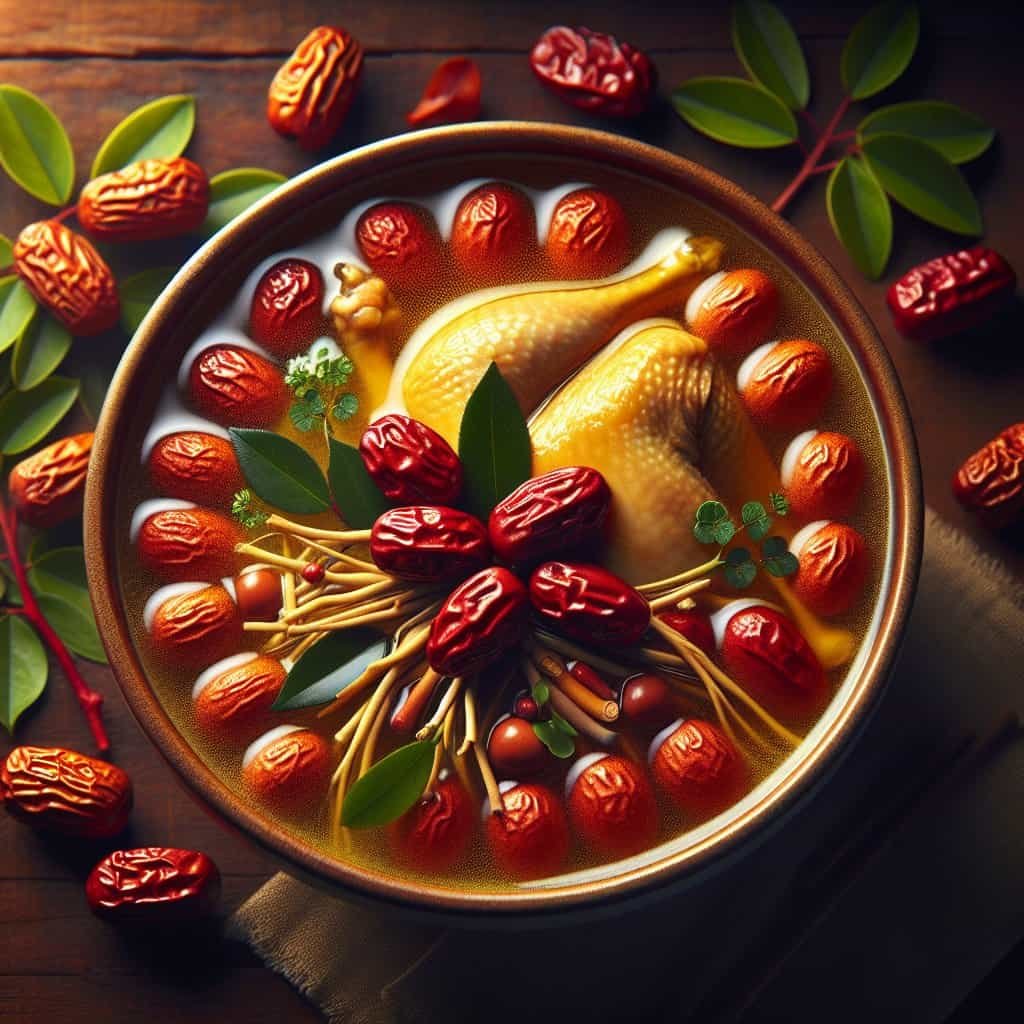If you’re curious about the culinary wonders of Korean cuisine, you’ll be delighted to discover the delightful presence of jujubes in many traditional dishes. These tiny, red, and nutrient-rich fruits add a touch of sweetness and depth of flavor to various Korean delicacies. From the famous Jujube Tea, a comforting beverage enjoyed during chilly winter months, to savory dishes like the delicious Jujube-stuffed Chicken, Korea truly knows how to incorporate jujubes in their traditional recipes. Get ready to embark on a mouthwatering journey as we explore some of the delightful Korean dishes that feature the use of these versatile fruits.
Traditional Korean Dishes Featuring Jujubes
Jujubes, also known as Korean dates or red dates, are a beloved ingredient in traditional Korean cuisine. These small, wrinkled fruits are not only delicious but also packed with health benefits. From soups to desserts, jujubes are used in a wide variety of dishes, adding a sweet and tangy flavor to the traditional Korean flavors. In this article, we will explore some of the most popular traditional Korean dishes that feature the use of jujubes.

Ginseng Chicken Soup (Samgyetang)
One of the most iconic Korean dishes is ginseng chicken soup, also known as samgyetang. This hearty soup features a whole young chicken stuffed with glutinous rice, garlic, Korean ginseng, and of course, jujubes. The jujubes in this dish add a subtle sweetness that balances out the earthy flavors of the ginseng and the richness of the chicken. Samgyetang is not only delicious but also known for its nourishing properties, making it a perfect dish to enjoy on a cold winter day.
Jujube Tea (Daechucha)
Jujube tea, or daechucha, is a comforting and soothing beverage commonly enjoyed in Korea. The tea is made by steeping dried jujubes in hot water, resulting in a fragrant and naturally sweet drink. This tea is believed to have various health benefits, including aiding digestion and boosting the immune system. Many Koreans also enjoy daechucha as a natural remedy for insomnia and stress relief. Sipping a warm cup of jujube tea is the perfect way to unwind and relax after a long day.

Rice Cake with Jujubes (Garaetteok)
Rice cakes, known as tteok in Korean cuisine, are a staple in various dishes. Garaetteok, a type of cylinder-shaped rice cake, is often enjoyed steamed or stir-fried. When jujubes are added to this dish, they provide a delightful burst of sweetness that complements the chewy texture of the rice cake. Garaetteok with jujubes is commonly served as a snack or dessert, making it a favorite treat for people of all ages.
Jujube Makgeolli (Korean Rice Wine)
Makgeolli, a traditional Korean rice wine, is a popular alcoholic beverage that has been enjoyed for centuries. Jujube makgeolli is a unique variation of this fermented drink, where jujubes are added during the brewing process. The natural sugars in the jujubes contribute to the fermentation, resulting in a slightly sweet and fruity flavor. The combination of jujubes and the tangy notes of makgeolli make this drink a refreshing choice for those looking to experience a traditional Korean alcoholic beverage.

Jujube Rice Porridge (Jatjuk)
Jatjuk, or jujube rice porridge, is a traditional Korean dish often enjoyed as a sweet and filling breakfast or dessert. This porridge is made by combining cooked rice with jujubes, nuts, and sweet red bean paste. The jujubes add a delightful sweetness while the nuts provide a crunchy texture. Jatjuk is not only delicious but also believed to have various health benefits, including aiding digestion and improving skin complexion. Start your day off right by enjoying a warm bowl of jujube rice porridge.
Jujube Salad (Daechu Muchim)
For those looking for a refreshing and healthy dish, daechu muchim, or jujube salad, is a fantastic choice. This simple salad features sliced jujubes tossed with sesame oil, soy sauce, and a touch of vinegar. The combination of sweet and tangy flavors creates a harmonious taste explosion in your mouth. Jujube salad is often served as a side dish alongside other Korean dishes, adding a burst of freshness and natural sweetness to the meal.

Stuffed Jujubes (Gyeongdan)
Gyeongdan, or stuffed jujubes, are bite-sized rice cakes filled with sweet jujube paste. These colorful treats are often enjoyed during festive occasions or as a dessert. The combination of the chewy rice cake and the luscious jujube filling creates a delightful contrast in textures. Gyeongdan is not only visually appealing but also a delicious way to satisfy your sweet tooth.
Roasted Jujubes (Gangwondo Garae-tteok)
Gangwondo garae-tteok is a regional specialty from Gangwon Province in South Korea. This unique dish involves roasting jujubes on a grill until they become soft and juicy. The roasted jujubes are then served alongside skewered garae-tteok, a type of sticky rice cake. The smoky flavor from the grill enhances the natural sweetness of the jujubes, creating a mouthwatering combination. If you have the opportunity to visit Gangwon Province, don’t miss the chance to try this cultural delicacy.

Steamed Jujubes with Honey (Maesil Gwa)
Steaming jujubes with honey, also known as maesil gwa, is a simple yet delightful dessert that highlights the natural sweetness of the fruit. In this dish, jujubes are steamed until tender and then drizzled with honey, allowing the flavors to meld together beautifully. Maesil gwa is often enjoyed as a dessert or snack, offering a guilt-free way to satisfy your sweet cravings.
Jujube Kimchi (Daechu Geotjeori)
Kimchi, a staple in Korean cuisine, can be made with a wide variety of ingredients, including jujubes. Daechu geotjeori, or jujube kimchi, features jujubes that have been soaked in brine and then seasoned with red pepper flakes, garlic, and other spices. The result is a unique variation of kimchi that combines the spicy, tangy flavors of traditional kimchi with the natural sweetness of jujubes. Jujube kimchi is a wonderful accompaniment to any Korean meal, adding a burst of flavor and texture.
In conclusion, jujubes are widely used in traditional Korean cuisine, adding a delightful sweet and tangy flavor to a variety of dishes. From comforting soups and teas to flavorful snacks and desserts, jujubes are a versatile ingredient that enhances the overall taste experience. Next time you have the chance, be sure to try one of the traditional Korean dishes featuring jujubes and savor the unique flavors of this beloved fruit.
